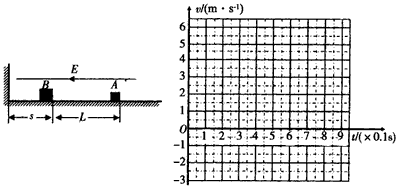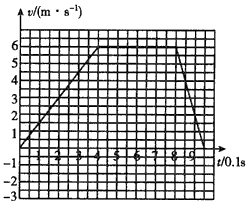In the two decades between 1910 and 1930, over ten percent of the Black population of the United States left the South, where the majority of the Black population had been located, and migrated to northern states, with the largest number moving, it is claimed, between 1916 and 1918. It has been frequently assumed, but not proved, that most of the migrants in what has come to be called the Great Migration came from rural areas and were motivated by two concurrent factors: the collapse of cotton industry following boll weevil infestation, which began in 1898, and increased demand in the North for labor following the cessation of European immigration caused by the outbreak of the First World War in 1914. This assumption has led to the conclusion that the migrants’ subsequent lack of economic mobility in the North is tied to rural background, a background that implies unfamiliarity with urban living and a lack of industrial skills.
But the question of who actually left the South has never been investigated in detail. Although numerous investigations document a flight from rural southern areas to southern cities prior to the Great Migration, no one has considered whether the same migrants then moved on to northern cities. In 1910 over 600,000 Black workers, or ten percent of the Black work force reported themselves to be engaged in "manufacturing and mechanical pursuits", the federal census category roughly including the entire industrial sector. The Great Migration could easily have been made up entirely of this group and their families. It is perhaps surprising to argue that an employed population could be tempted to move, but an explanation lies in the labor conditions then prevalent in the South.
About thirty-five percent of the urban Black population in the South was engaged in skilled trades. Some were from the old artisan class of slavery--blacksmiths, masons, carpenters--which had a monopoly of certain trades, but they were gradually being pushed out by competition, mechanization, and obsolescence. The remaining sixty-five percent, more recently urbanized, worked in newly developed industries--tobacco, lumber, coal and iron manufacture, and railroads. Wages in the South, however, were low, and Black workers were aware, through labor recruiters and the Black press, that they could earn more even as unskilled workers in the North than they could as artisans in the South. After the boll weevil infestation, urban Black workers faced competition from the continuing influx of both Black and White rural workers, who were driven to undercut the wages formerly paid for industrial jobs. Thus, a move north would be seen as advantageous to a group that was already urbanized and steadily employed, and the easy conclusion tying their subsequent economic problems in the North to their rural backgrounds comes into question.
It can be inferred from the text that the "easy conclusion" mentioned in the last sentence is based on the assumption that()
A. people who migrate from rural areas to large cities usually do so for economic reasons
B. most people who leave rural areas to work in cities return to rural areas as soon as it is financially possible for them to do so
C. people with rural backgrounds are less likely to succeed economically in cities than those with urban backgrounds
D. most people who were once skilled workers are not willing to work as unskilled workers






